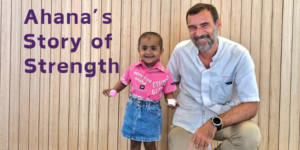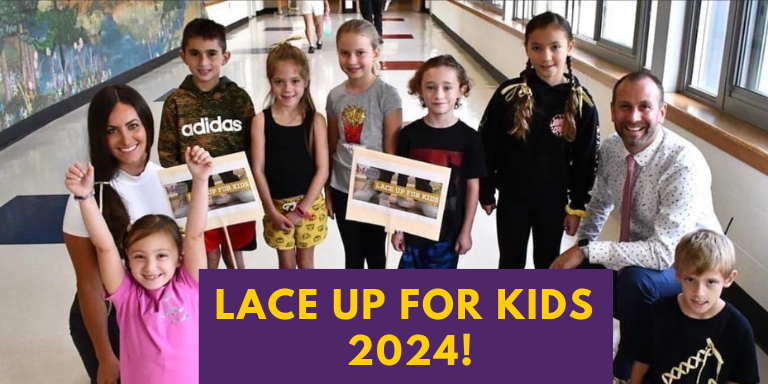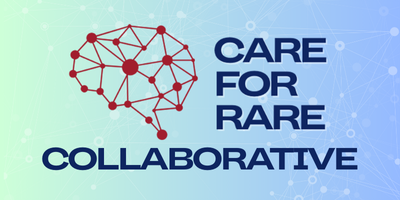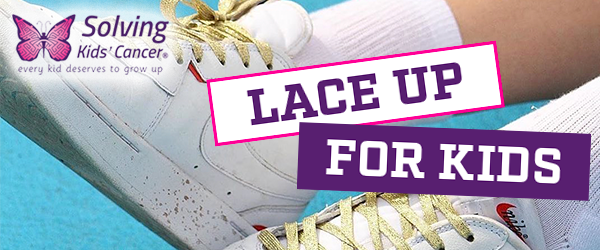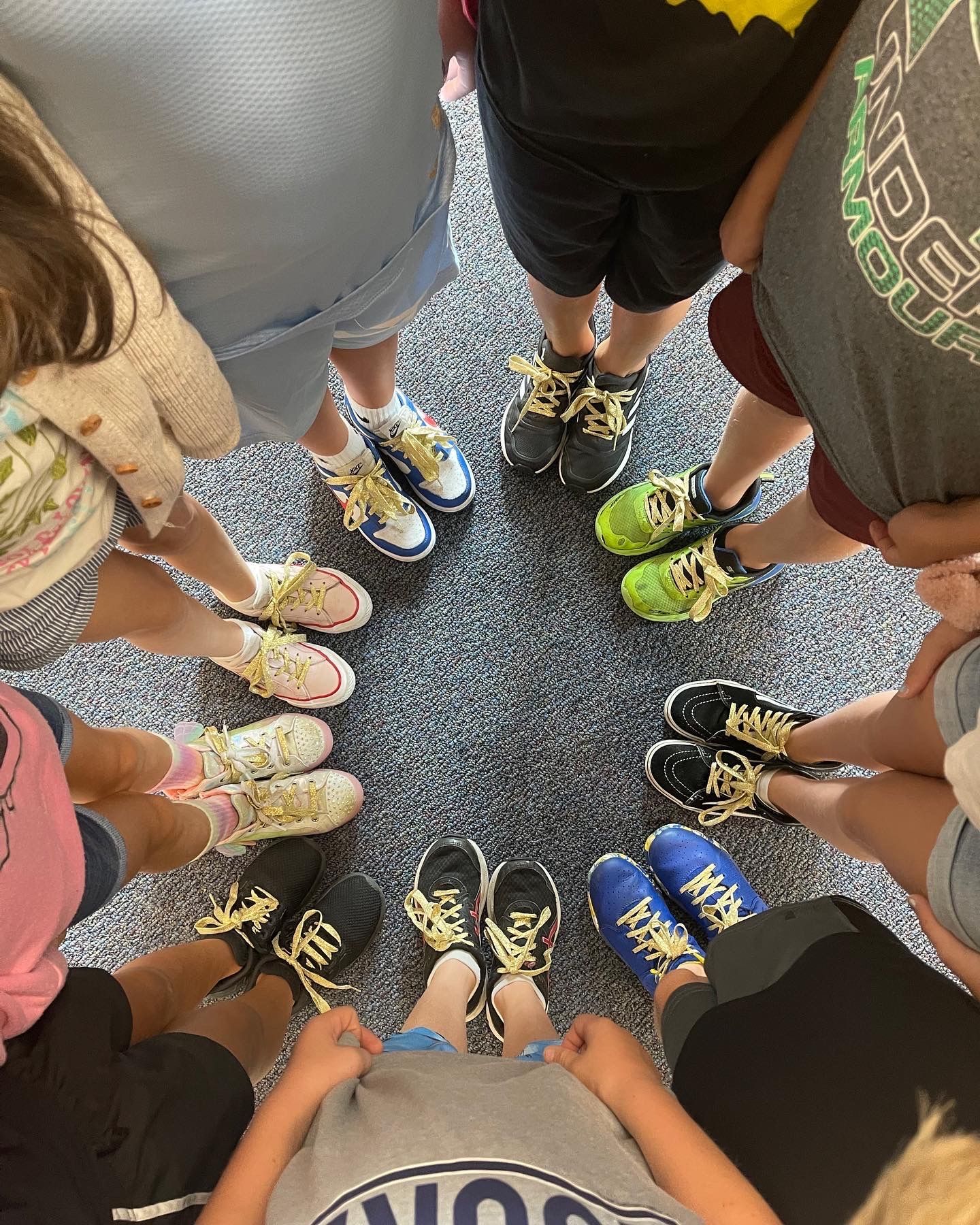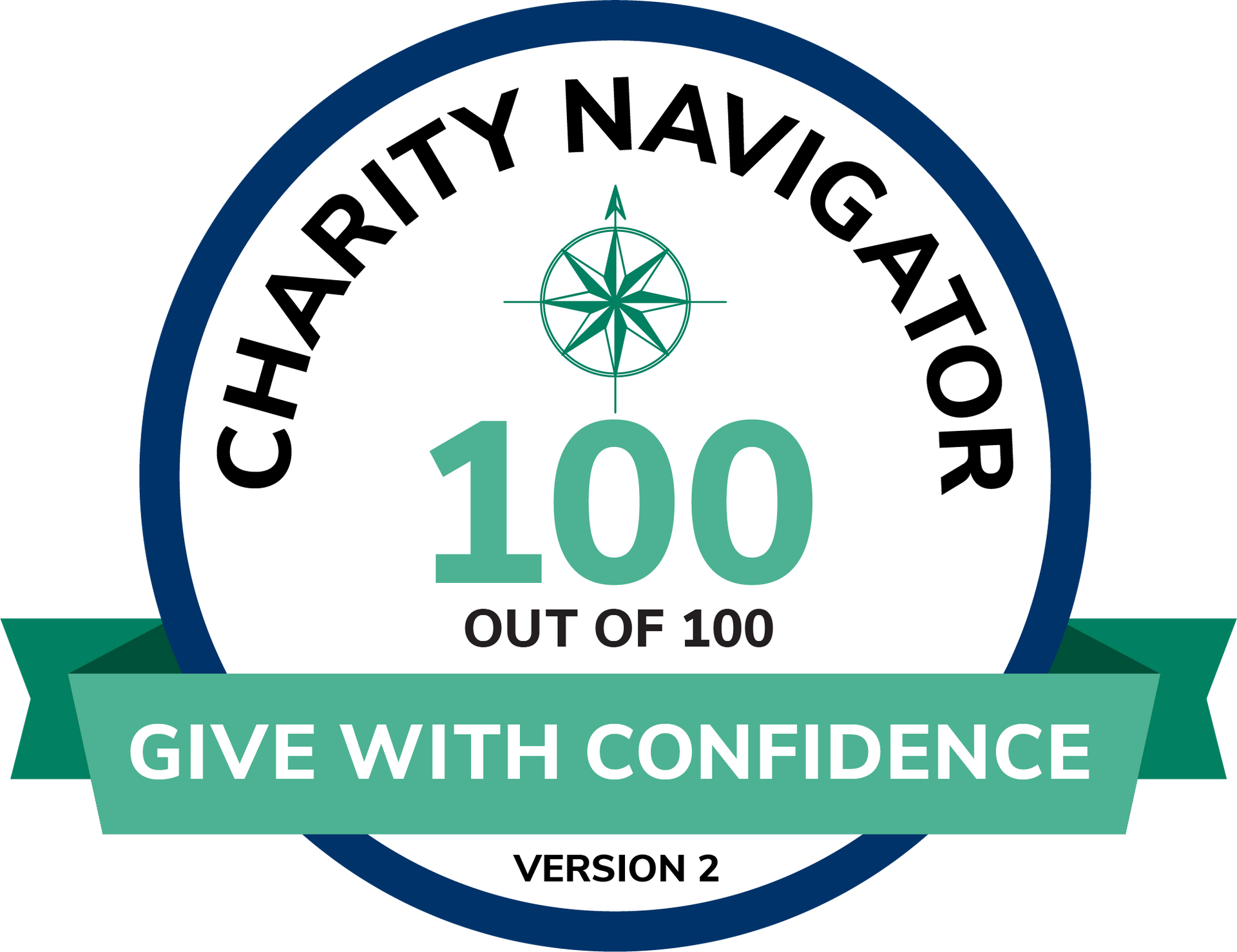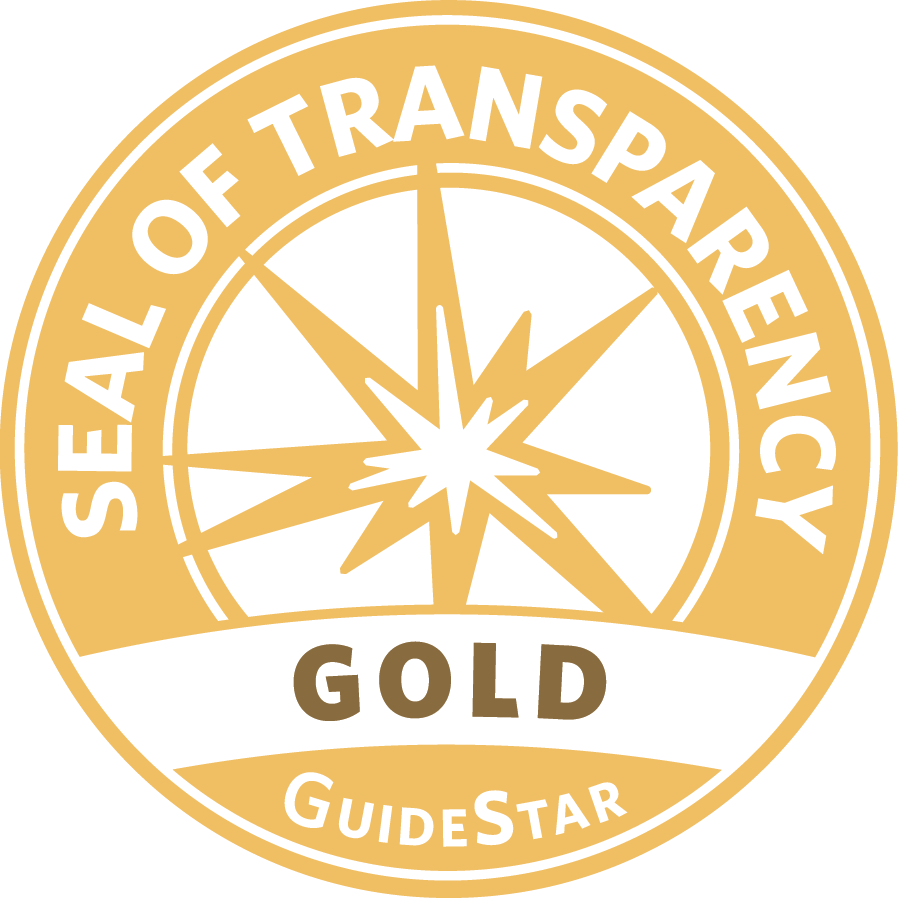World Health Day: Pediatric Cancer’s Global Divide
Imagine this: Two children, born at the same moment, oceans apart. In a country brimming with medical resources, one child quickly gets top-notch treatment for cancer. Meanwhile, across the globe, the other child faces a drastically different reality, with limited access to basic care. This isn’t just a thought experiment — it’s the harsh truth of pediatric cancer treatment worldwide.
Observed every year on April 7, World Health Day shines a light on the mission to make healthcare accessible for all. This day is particularly significant in the context of pediatric cancer, where vast disparities in treatment availability highlight the global challenge of ensuring every child has the opportunity for health and healing.
The Stark Contrast in Survival Rates: A Look at Pediatric Cancer Statistics
Every day, more than 1,000 children are diagnosed with cancer, and the chances of survival vary greatly depending on where they live.1 Pediatric cancer survival rates serve as a clear indicator of the disparities between high-income countries (HICs) and low- and middle-income countries (LMICs). In wealthier nations such as the United States and Western Europe, the 5-year survival rate for children with cancer is over 80%, thanks to advanced healthcare systems and access to the latest treatments.2
But, here’s a troubling childhood cancer statistic: in LMICs where 80% of children with cancer live, fewer than 20% survive.1 This gap is due to several factors, including late diagnoses or, tragically, no diagnosis at all. Many children succumb to the disease without access to pain medication, and the burdens of travel and the high costs force most families to abandon care. These challenges are compounded by limited access to necessary treatments,3 as well as a lack of specialized equipment and trained healthcare professionals needed for effective pediatric cancer treatment. Addressing this divide requires a concerted global effort to improve early detection, make treatments more affordable, and enhance healthcare infrastructures, giving every child a fair chance to beat cancer.
Navigating the Access Maze
Access to cancer care shouldn’t be a treasure hunt. Yet, for many in LMICs, it feels like that — a relentless search for something seemingly out of reach. Here’s the reality revealed in childhood cancer statistics worldwide: many areas lack enough doctors who specialize in children’s cancer4 and the prices of cancer drugs can be sky-high.2 Even getting to a hospital can be an ordeal, with some families traveling hundreds of miles.
And the financial strain? Devastating. The cost of care can quickly add up to more than a year’s income, forcing households into deep financial distress. In many LMICs, the lack of comprehensive insurance coverage means families are often left to pay for pediatric cancer treatment entirely out-of-pocket.5 Families often face the impossible choice between their child’s health and their financial survival.
Solving Kids’ Cancer: Bridging the Gap
Solving Kids’ Cancer (SKC) isn’t standing by; we’re on the front lines, actively working to make a difference in the global pediatric cancer landscape. Beyond funding research, advocating for policy changes, and fostering global partnerships, SKC is committed to educating and empowering the community to take action.
We understand that while we might not have a global foothold to address every aspect of the pediatric cancer divide directly, there’s power in collective action. Through our efforts, we aim to catalyze advancements in pediatric cancer treatments and care that could dramatically change outcomes for children worldwide.
• Research: We direct funds into cutting-edge studies, searching for breakthrough treatments that promise a brighter future for all kids, regardless of where they live.
• Advocacy: We advocate for children’s needs by steering research funding towards unmet challenges and collaborating with experts to prioritize all children, including expanding trials to international sites to maximize access.2
• Global Partnerships: We don’t do it alone. By teaming up with researchers, hospitals, and other organizations across the globe, we’ve helped fund clinical trials that have extended to over 250 institutions across 15 countries worldwide.
Uniting for a Cause
Solving Kids’ Cancer extends its mission beyond research by fostering community and collaboration. Our signature event, Lace Up for Kids, held annually during September Childhood Cancer Awareness Month, is a powerful testament to this mission, drawing communities together to stand in solidarity against childhood cancer. Additionally, supporters can create their own fundraiser and have a platform to engage their local communities, sparking crucial conversations and garnering support for the cause.
These initiatives highlight an important fact: While the challenge of pediatric cancer is significant, each of us has a part to play. By working together and supporting each other, we can fund the research needed to possibly change the direction of pediatric cancer treatment and care worldwide.
World Health Day: A Chance for Every Child
The fight against pediatric cancer is a stark reminder of the work ahead of us.6 It’s a battle that Solving Kids’ Cancer is dedicated to, but we need more than just our efforts — we need a global movement. This World Health Day, let’s rally for every child’s right to fight cancer on an even playing field.
Donate today to help fund more innovative research and one day find a cure for childhood cancer — because every child, no matter where they are born, deserves a chance — a chance to fight, a chance to survive, and a chance to thrive.
Sources
1 WHO: Global Initiative for Childhood Cancer: An Overview – https://www.who.int/docs/default-source/documents/health-topics/cancer/who-childhood-cancer-overview-booklet.pdf
2 Variations in global prices of chemotherapy for childhood cancer: a descriptive analysis – https://www.ncbi.nlm.nih.gov/pmc/articles/PMC10209684/
3 When Innovation and Commercialization Collide: A Patient Advocate View in Neuroblastoma – https://ascopubs.org/doi/10.1200/JCO.21.01916
4 Pediatric Oncology in Developing Countries: Challenges and Solutions – https://www.jpeds.com/article/S0022-3476(13)00242-4/fulltext
5 Distribution of the workforce involved in cancer care: a systematic review of the literature- https://www.sciencedirect.com/science/article/pii/S2059702921002544
6 How I Live. 4 Families. 5 Countries. And the Global Fight to Cure Childhood Cancer- https://www.howilivewithcancer.com/
